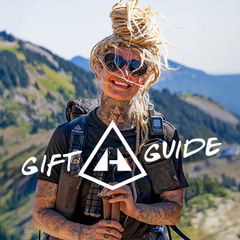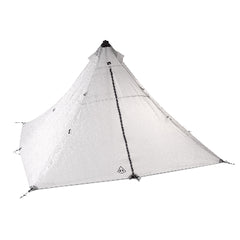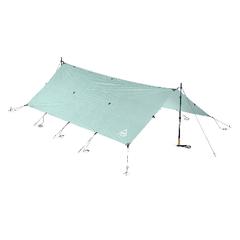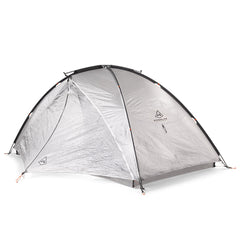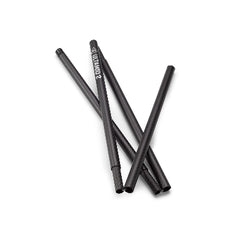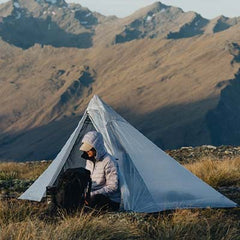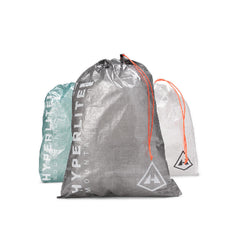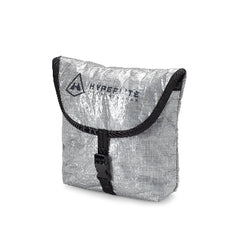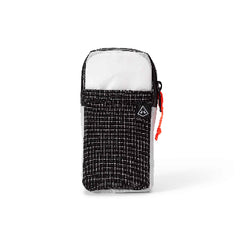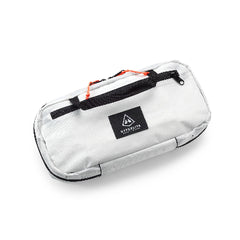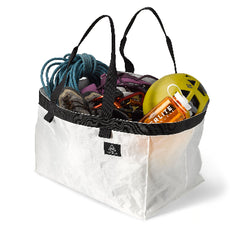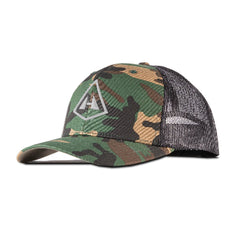Words, Photos, and Video by Chris Shane @chrismshane
The 19-mile Presidential Traverse in the White Mountains of New Hampshire is well known for its indifference to human presence. Those who choose to tackle the route may face some of the worst weather conditions in the world–weather that can roll in in an instant and leave you with nowhere to hide.
 In 1980, Laura Waterman led the first successful all-female go at this iconic route in winter, and our friend Chris Shane created a short film to celebrate their achievement.
In 1980, Laura Waterman led the first successful all-female go at this iconic route in winter, and our friend Chris Shane created a short film to celebrate their achievement.
We reached out to Chris to hear more about the project, and how everyone involved worked together to chronicle the historic adventure.
 When I asked Laura how she planned for her trips into the mountains, especially when factoring in weather, she had one simple motto: "We just went."
When I asked Laura how she planned for her trips into the mountains, especially when factoring in weather, she had one simple motto: "We just went."
This is the kind of hard-nosed, New England resilience I was immediately met with when visiting Laura at her log cabin home. Her writing, especially Losing The Garden, has deeply inspired me, as well as her fearlessness and commitment to exploring the mountains of New England. There is a part of Laura's lived experience, as evidenced in her writing, that I very much envy her for. Her era of mountain climbing was done in a way that was so unknown. Both from actual first known ascents and exploration, but also in having little to any prior knowledge of conditions or what she and her companions might face for that day. To me, the immediacy of our modern day, up to the minute beta sharing sometimes detracts from the human experience of exploration - it can feel like we're simply tracing prior steps. Of course, there are benefits to that too, but I feel a certain reverence and longing for Laura's age of exploration, their boldness and willingness to blaze new, unknown paths in the mountains. So, having spent so much of my life in the same mountains she explored, I wanted to try and honor both Laura's efforts and the Presidential Range.

Making this short film was a labor of love. We needed two winters to gather all the footage for the project due to weather and team schedules. The on-mountain filming is something I'm used to, but doesn't make it any easier. Being comfortable being uncomfortable is a prerequisite, and having a willingness to spend dramatically more energy than the group in order to get ahead, behind, or around them for the best camera angles. In cold weather, even simple efforts like constantly taking a heavy camera pack off and back on your back adds up over time, so a sense of confidence in your own self sufficiency and equipment is critical for success.

We really are living in a golden age of camera technology. Batteries, cameras, and monitors work reliably in the cold now, and I never had one issue despite sub zero temps and snow covered gear. Regardless, on high stakes shoots, I carry one video camera setup and a backup stills camera that could act as a video camera should something go wrong. For my main video rig, I used a lightweight Sony a7siii and 24-70mm 2.8 GM II with a monitor, top handle, and massive V-Mount battery to power everything. I also carried a DJI Mavic 3 to use sparingly when weather and regulations allowed me to fly.


In truth, the actual on-mountain filming wasn't the biggest challenge in making The First Traverse. The real crux for these projects is the weather watching, constantly arranging and rearranging schedules to find windows where the athletes were all able to get out at the same time and film with me. I often relied on the help of Charlie LoPresti, chief meteorologist for WGME, who graciously provided me with detailed forecasts whenever a possible weather window opened up. Regardless, opportunities where it's safe enough to go out and film are fickle in winter. And, in a lot of ways, it comes down to what Laura says in the film: "The wind decides everything."

Back at Laura's cabin, she would go on to explain how she and her late husband Guy figured that if they could physically get to a trailhead, then they could do the climb they had planned for the day. In today's world of extended weather forecasts and 24/7 webcams, I think we often talk ourselves out of a plan for a "better day." I know I'm guilty of it. But it's because of this simple motto that I believe Laura holds virtually no regrets about how she spent her time in the mountains when she could. If there's any message I can get across from this short film, it's to take Laura's advice and just go.



